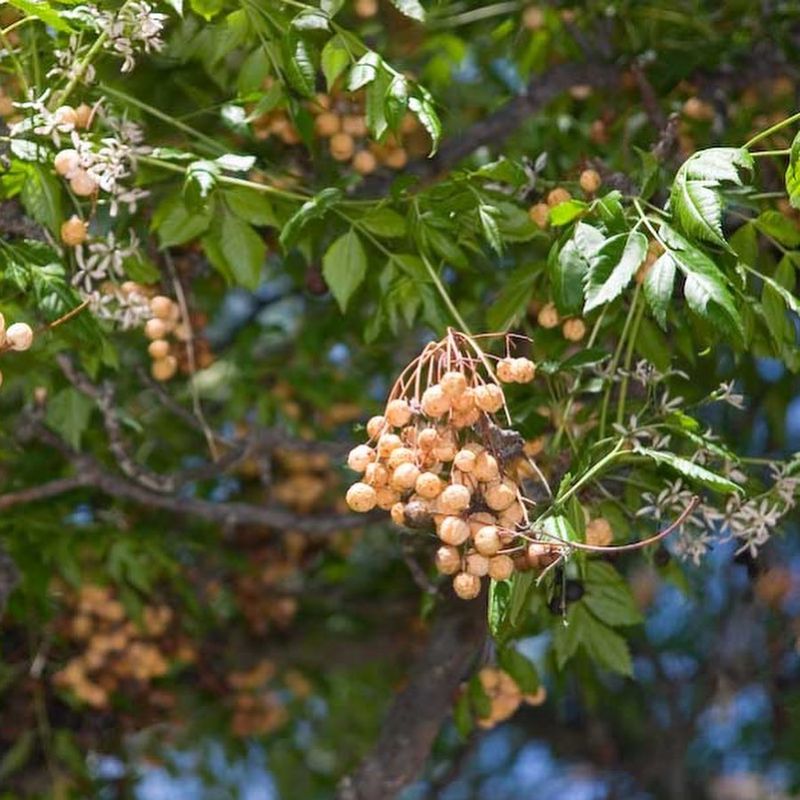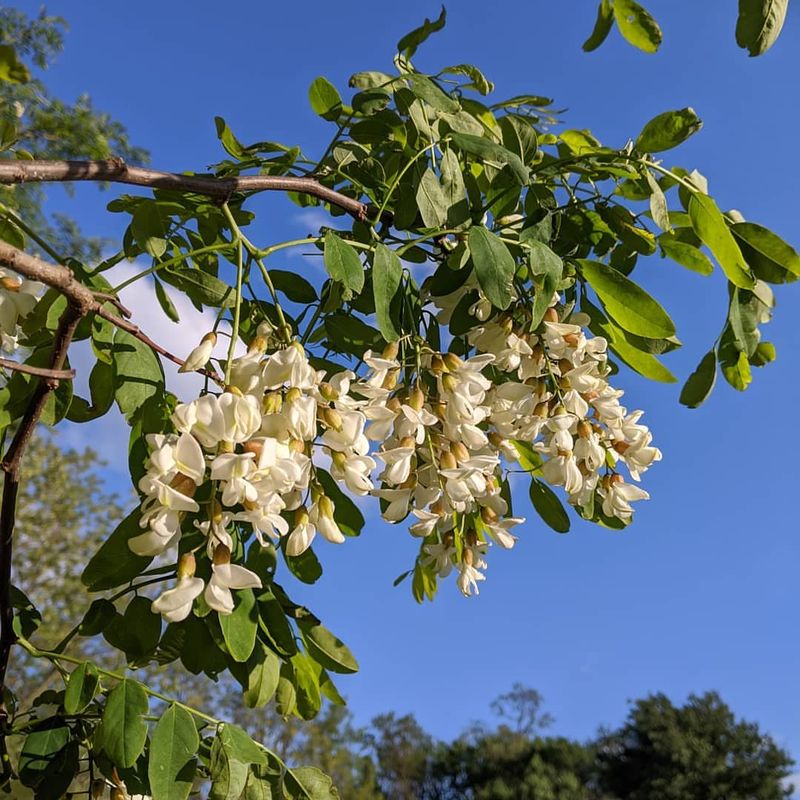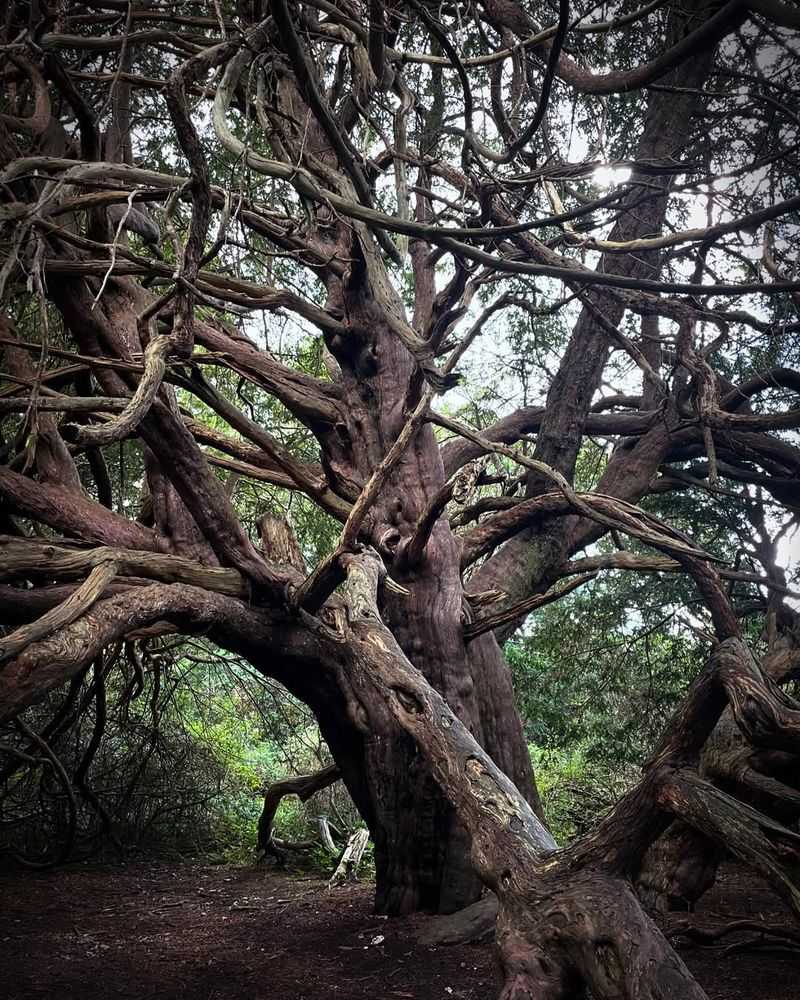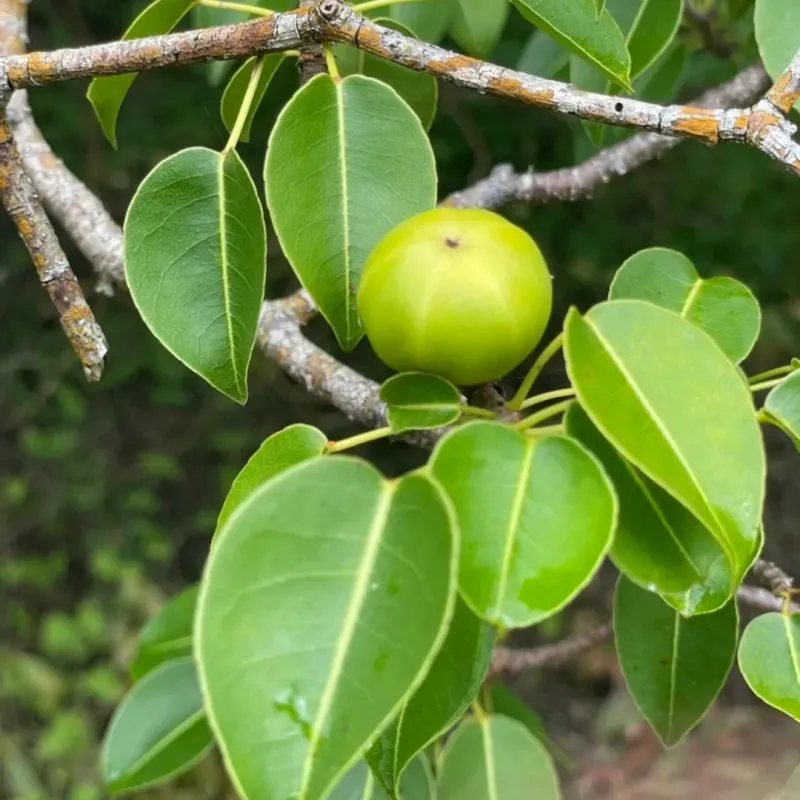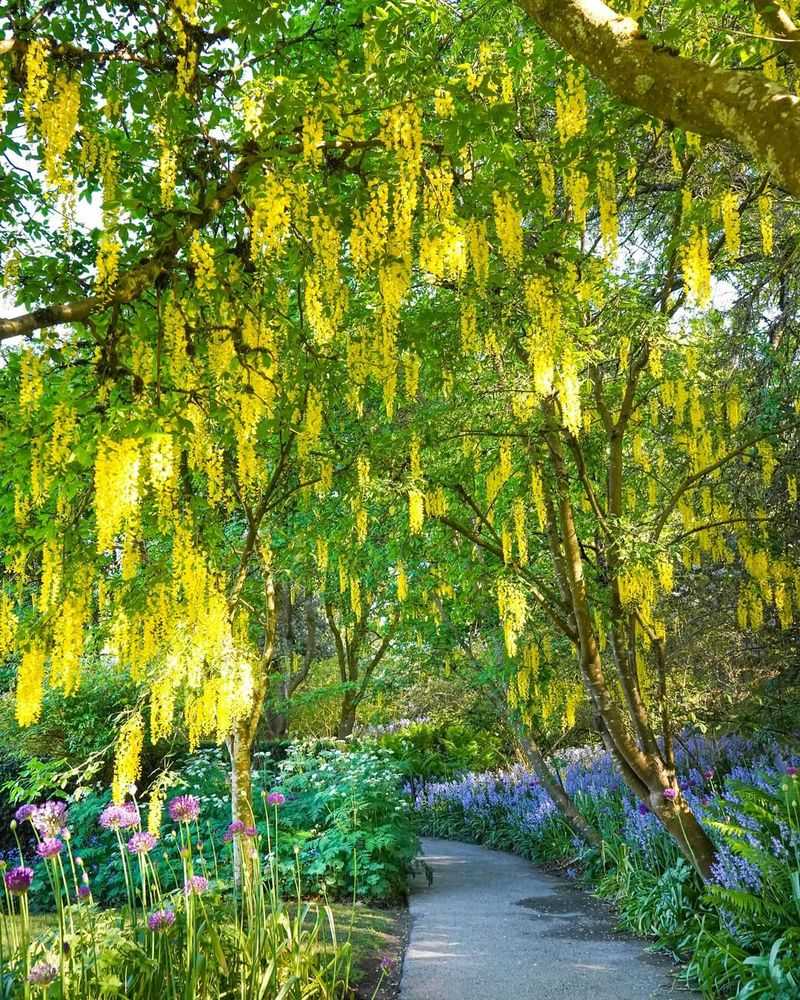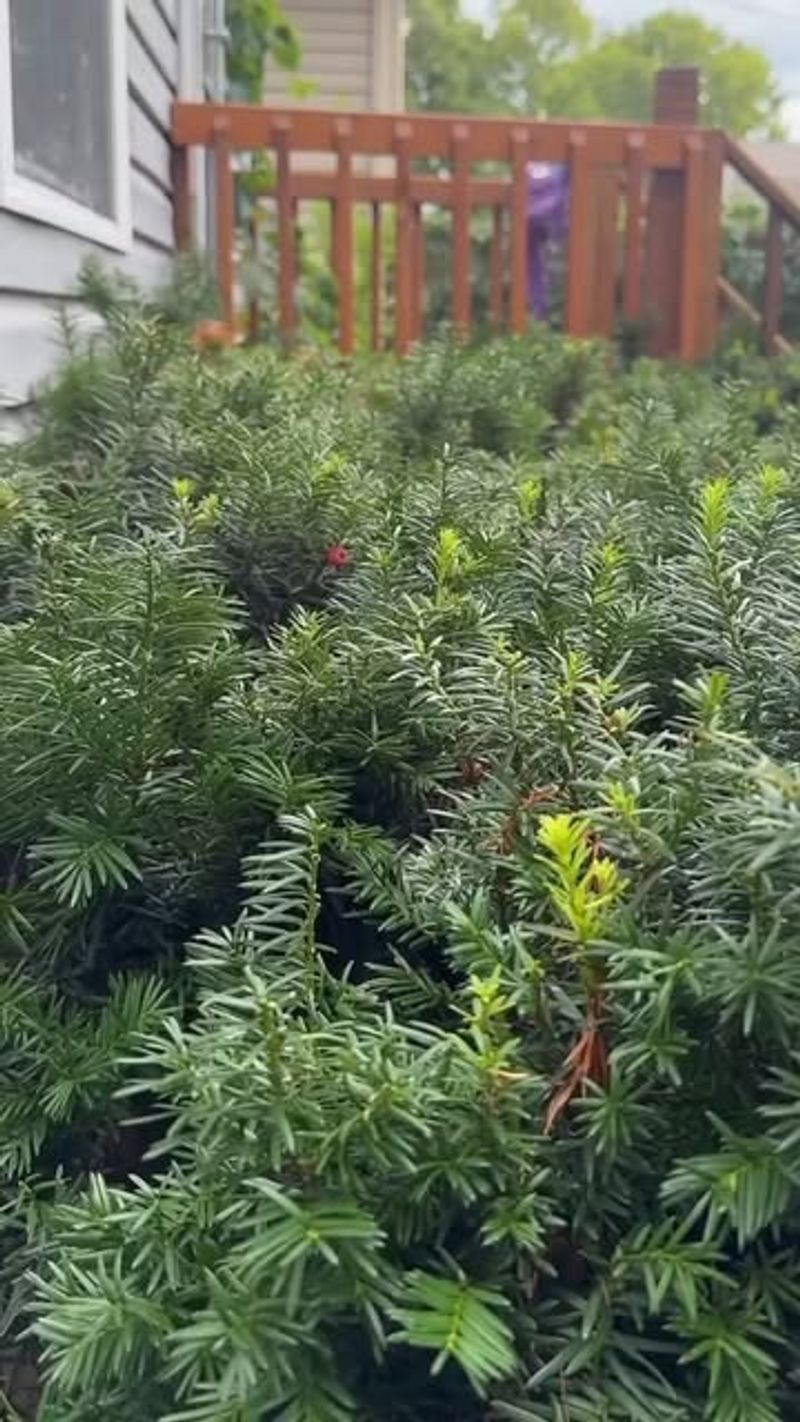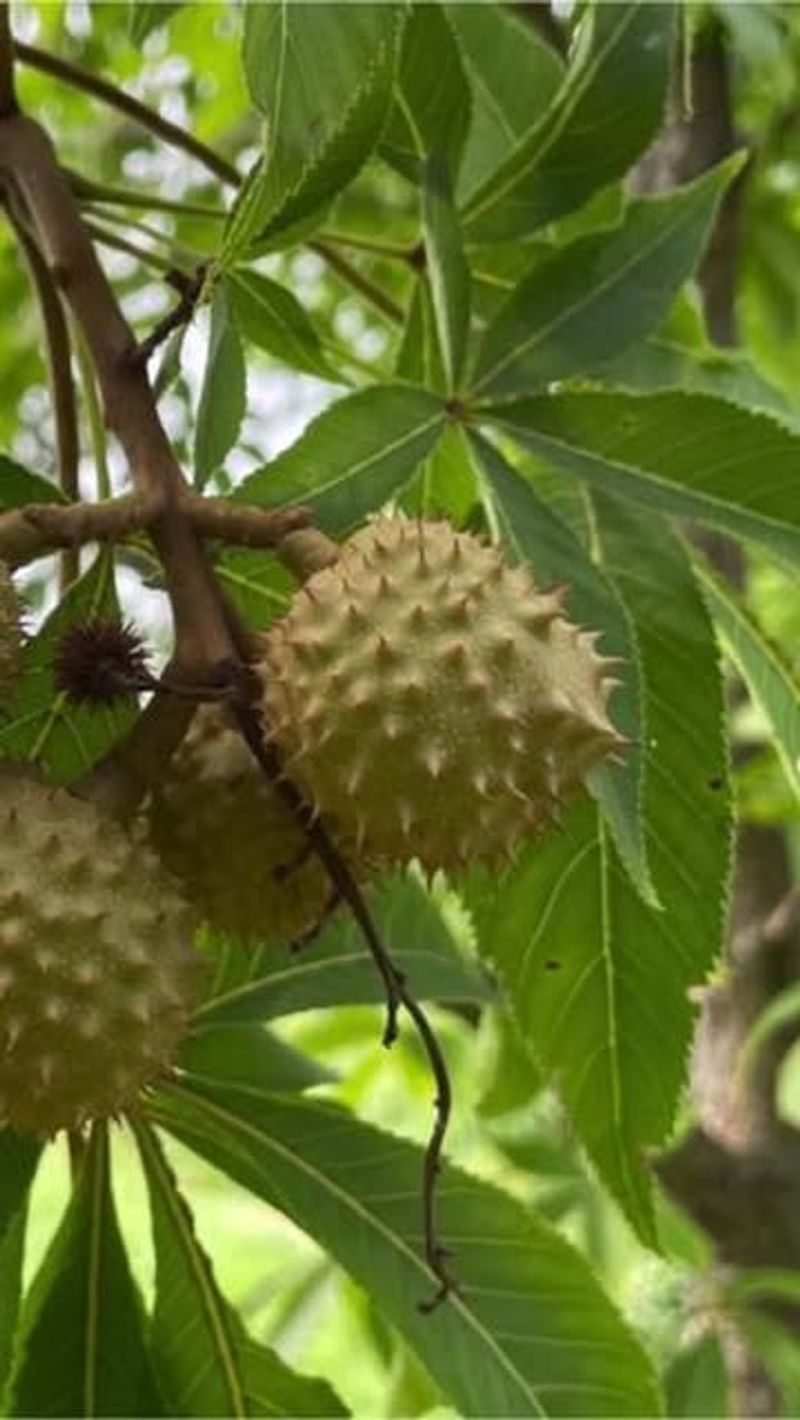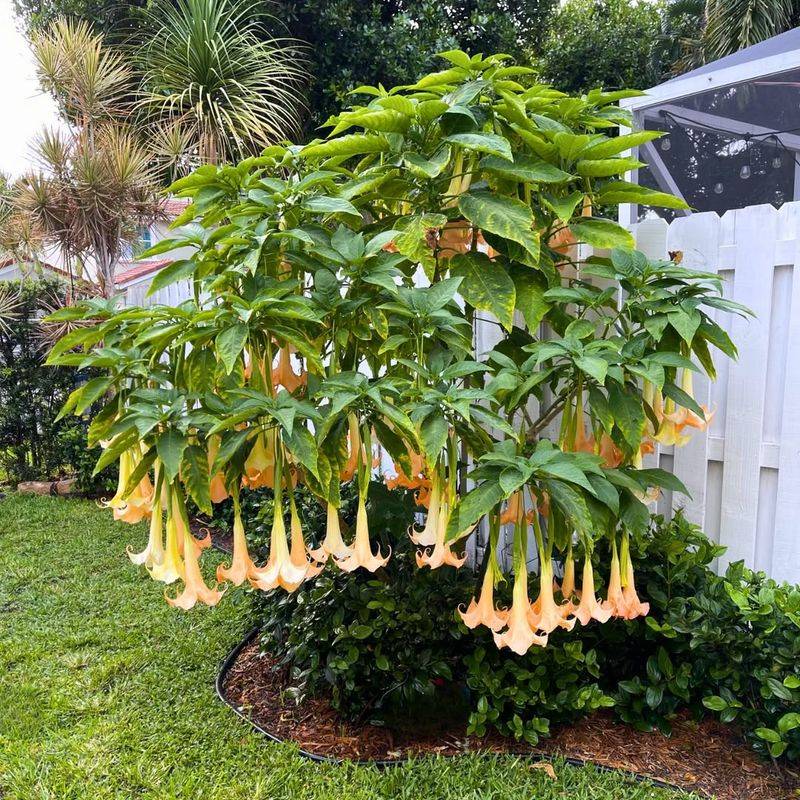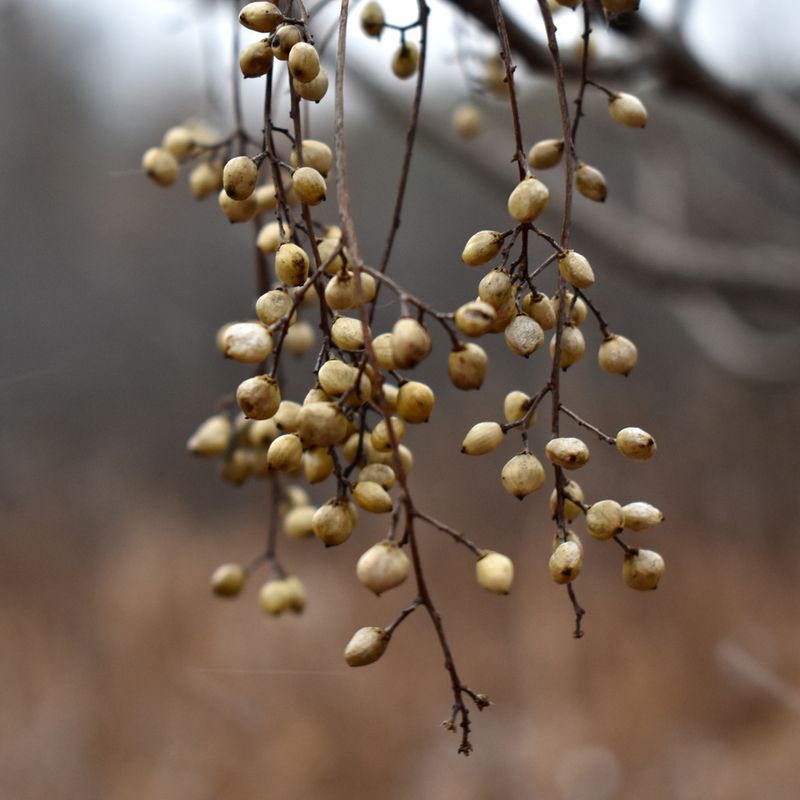Louisiana gardens thrive with gorgeous trees, but not every species belongs in your yard. Some trees harbor hidden dangers that can harm children, pets, and even adults who come into contact with their leaves, berries, or bark.
Knowing which trees to avoid keeps your family safe while maintaining a beautiful outdoor space. This guide helps Louisiana gardeners identify risky trees and make smarter planting choices.
1. Chinaberry Tree
Golden berries dangle temptingly from Chinaberry branches, but these pretty fruits pack a dangerous punch. Every part of this tree contains toxins that cause vomiting, diarrhea, and breathing problems in both humans and animals.
Children often mistake the berries for edible treats, making this tree especially risky for Louisiana families. The toxins concentrate heavily in the fruit and bark, where even small amounts trigger severe reactions.
Many homeowners plant Chinaberries for quick shade without realizing the health hazards lurking in their branches.
2. Black Locust
Thorns sharp as needles cover Black Locust bark, but the real danger hides inside the seeds and inner bark. Livestock and pets who chew on fallen branches or pods can experience serious digestive distress and heart problems.
Louisiana gardeners sometimes choose this tree for its attractive white flowers, unaware of the toxic compounds throughout its structure.
The wood itself remains safe, but living plant material poses genuine risks to curious animals and small children. Symptoms appear quickly after ingestion, requiring immediate veterinary or medical attention.
3. Yew Trees
Bright red berries catch the eye on Yew trees, creating an illusion of holiday cheer year-round. Yet these evergreens rank among the most poisonous trees you can plant, with nearly every part containing deadly alkaloids.
A single mouthful of Yew needles can prove fatal to pets, and children face serious danger from the attractive berries.
Louisiana’s mild winters let Yews stay green constantly, maintaining their toxic threat throughout all seasons. Even clippings left on the ground after pruning remain hazardous for days afterward.
4. Manchineel Tree
Coastal Louisiana gardeners should recognize Manchineel as one of the world’s most dangerous trees. Its innocent-looking fruits resemble small green apples but contain toxins powerful enough to cause severe burns and internal damage.
Even standing under this tree during rain brings risk, as water dripping from leaves carries irritating sap onto skin.
The milky latex inside every branch causes blistering on contact, and burning the wood releases toxic smoke. Native to tropical beaches, this tree thankfully remains rare in most Louisiana gardens.
5. Oleander
Pink and white blooms make Oleander a popular choice across Louisiana, but beauty masks extreme toxicity. Every leaf, stem, and flower contains cardiac glycosides that affect heart rhythm and can prove fatal in small doses.
Gardeners have died after using Oleander branches as cooking skewers, and pets suffer poisoning from chewing fallen leaves.
The plant remains dangerous even after drying, so disposing of pruned material requires careful handling. Louisiana’s warm climate lets Oleander flourish, making accidental exposure more common than in cooler states.
6. Kentucky Coffee Tree
Large brown pods tempt curious kids and pets, but Kentucky Coffee Tree seeds contain dangerous alkaloids when raw. Roasting removes the toxins, but unprocessed seeds and pulp cause severe nausea and neurological symptoms.
This tree grows surprisingly well in Louisiana despite its northern-sounding name, adapting to humid conditions without trouble.
The pods drop abundantly in fall, creating cleanup challenges and ongoing exposure risks around the yard. Livestock have died from eating too many fallen pods during drought when other forage runs scarce.
7. Horse Chestnut
Spiky green balls littering your Louisiana lawn signal Horse Chestnut season, when toxic nuts emerge from protective husks. The glossy brown seeds look remarkably like edible chestnuts but contain esculin and other compounds that cause serious stomach upset.
Children often collect these attractive nuts for crafts, increasing the risk of accidental poisoning through hand-to-mouth contact.
The young shoots and flowers also carry toxins, though in lower concentrations than the mature seeds. Pets occasionally chew the nuts out of boredom, requiring emergency veterinary care.
8. Golden Chain Tree
Cascading yellow blooms create spectacular spring displays, earning Golden Chain Tree its devoted fans across Louisiana. However, every part of this ornamental contains cytisine, a toxin that mimics nicotine’s effects but with greater intensity.
Seeds pose the highest risk, with just a few causing tremors, confusion, and convulsions in children and pets. The flowers and leaves also contain enough poison to trigger symptoms, especially when consumed in larger quantities.
Louisiana’s extended growing season means longer exposure periods compared to colder climates where flowering times stay brief.
9. English Yew
Manicured hedges of English Yew line many Louisiana properties, valued for their formal appearance and dense growth. Yet this refined exterior conceals one of nature’s deadliest plants, with taxine alkaloids throughout every needle and twig.
Horses and cattle have died within hours of eating clippings tossed over fences, and family pets face similar dangers. The red berry flesh provides the only non-toxic part, but the seed inside remains lethal if chewed.
Louisiana’s climate allows year-round growth, maintaining constant toxicity levels without winter dormancy periods.
10. Buckeye Trees
Shiny brown nuts from Buckeye trees attract collectors and children who pocket them for good luck charms. Unfortunately, these smooth seeds contain aesculin and other glycosides that cause vomiting, diarrhea, and muscle weakness when ingested.
Louisiana’s native Buckeye species and ornamental varieties all share similar toxicity profiles, making identification crucial for safety.
The young sprouts and flowers carry lower toxin levels but still pose risks to grazing animals. Wildlife generally avoid Buckeye nuts, but domestic pets lack this instinctive caution and frequently require veterinary treatment after exposure.
11. Castor Bean Tree
Tropical foliage and architectural presence make Castor Bean popular in Louisiana landscapes seeking bold statements. Behind this dramatic appearance lurks ricin, one of the world’s most potent natural toxins, concentrated heavily in the seeds.
A single bean contains enough poison to kill an adult human, and children face even greater risks from smaller doses.
The spiky seed pods eventually split open, scattering dangerous beans across yards where pets and wildlife can access them. Louisiana’s long growing season allows these plants to reach impressive heights and produce abundant toxic seed crops.
12. Angel’s Trumpet
Enormous trumpet-shaped flowers perfume Louisiana evenings with intoxicating fragrance, but Angel’s Trumpet earns its dangerous reputation honestly. Every part contains tropane alkaloids that cause hallucinations, paralysis, and potentially fatal respiratory failure.
Teenagers sometimes experiment with this plant seeking psychoactive effects, leading to emergency room visits and long-term health consequences.
The seeds and leaves hold the highest concentrations, though even the nectar carries enough toxins to affect anyone tasting it. Louisiana’s humidity and warmth create ideal growing conditions, producing larger and more toxic plants than cooler regions.
13. Poison Sumac
Swampy areas across Louisiana harbor Poison Sumac, a tree-like shrub more dangerous than its ground-level poison ivy relatives. The entire plant secretes urushiol oil that causes severe allergic reactions in most people who touch it.
White berries hanging in loose clusters help identify this menace, distinguishing it from harmless sumac varieties with red upright fruit clusters. Burning Poison Sumac releases toxic oils into smoke, causing respiratory distress and internal rashes in anyone breathing the fumes.
Louisiana’s wetlands provide perfect habitat, making accidental encounters common during outdoor activities and property maintenance work.


